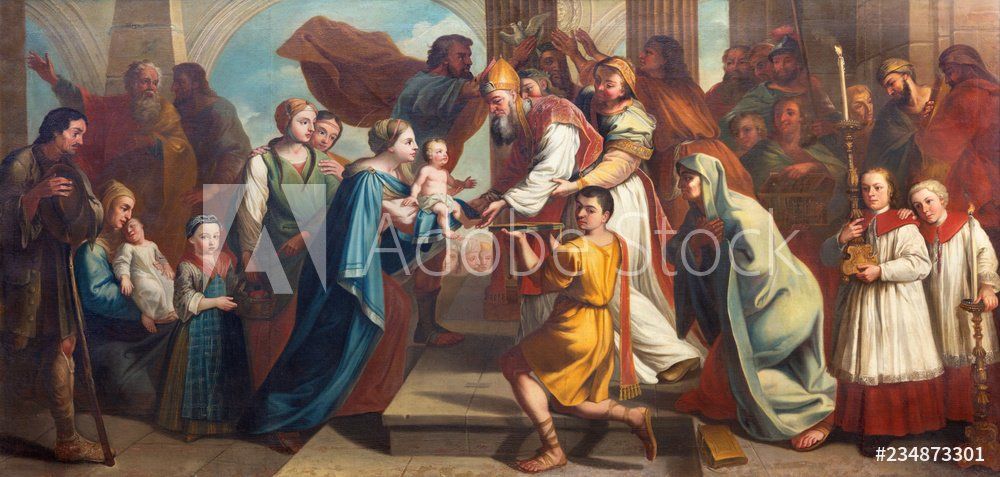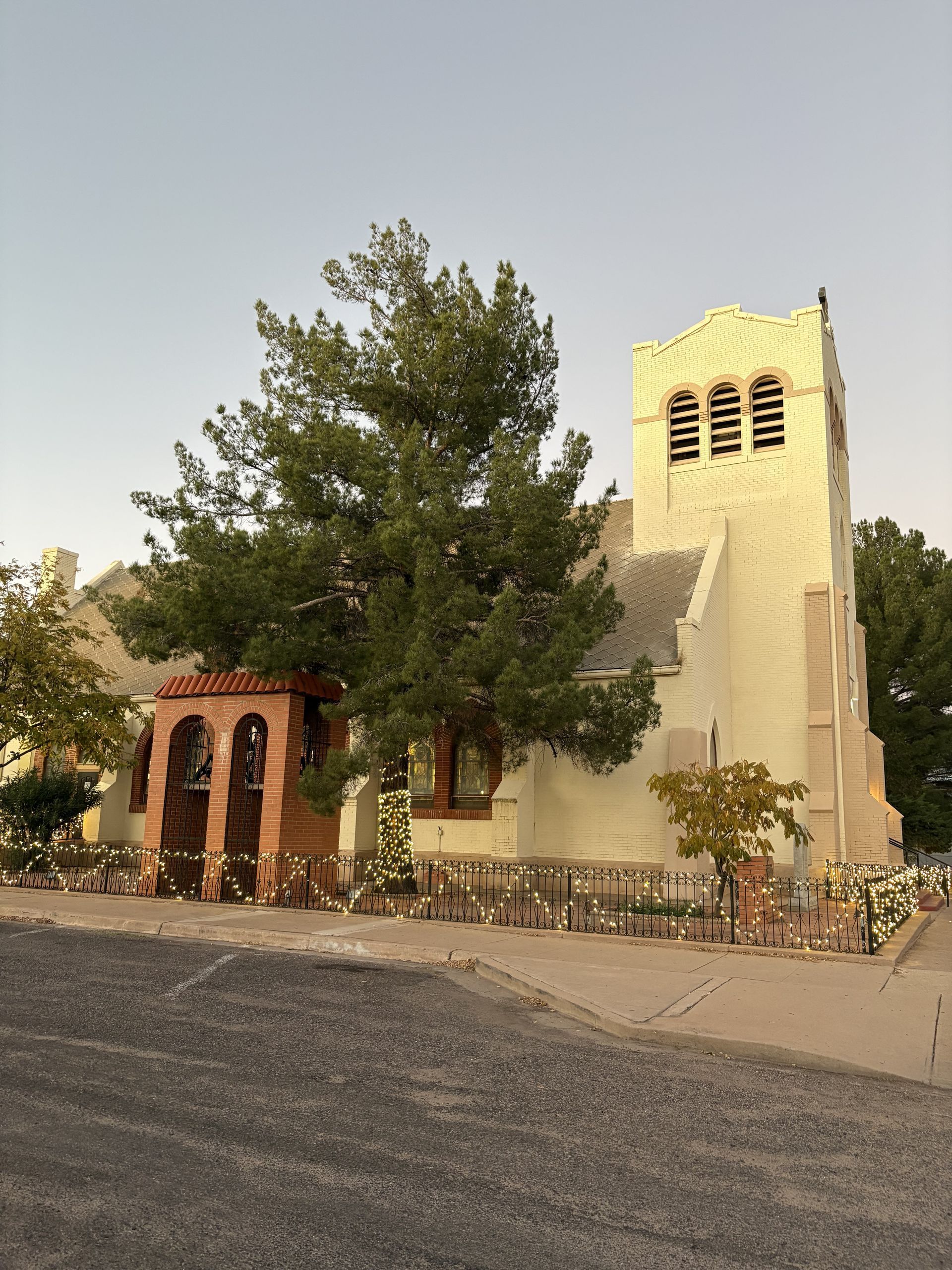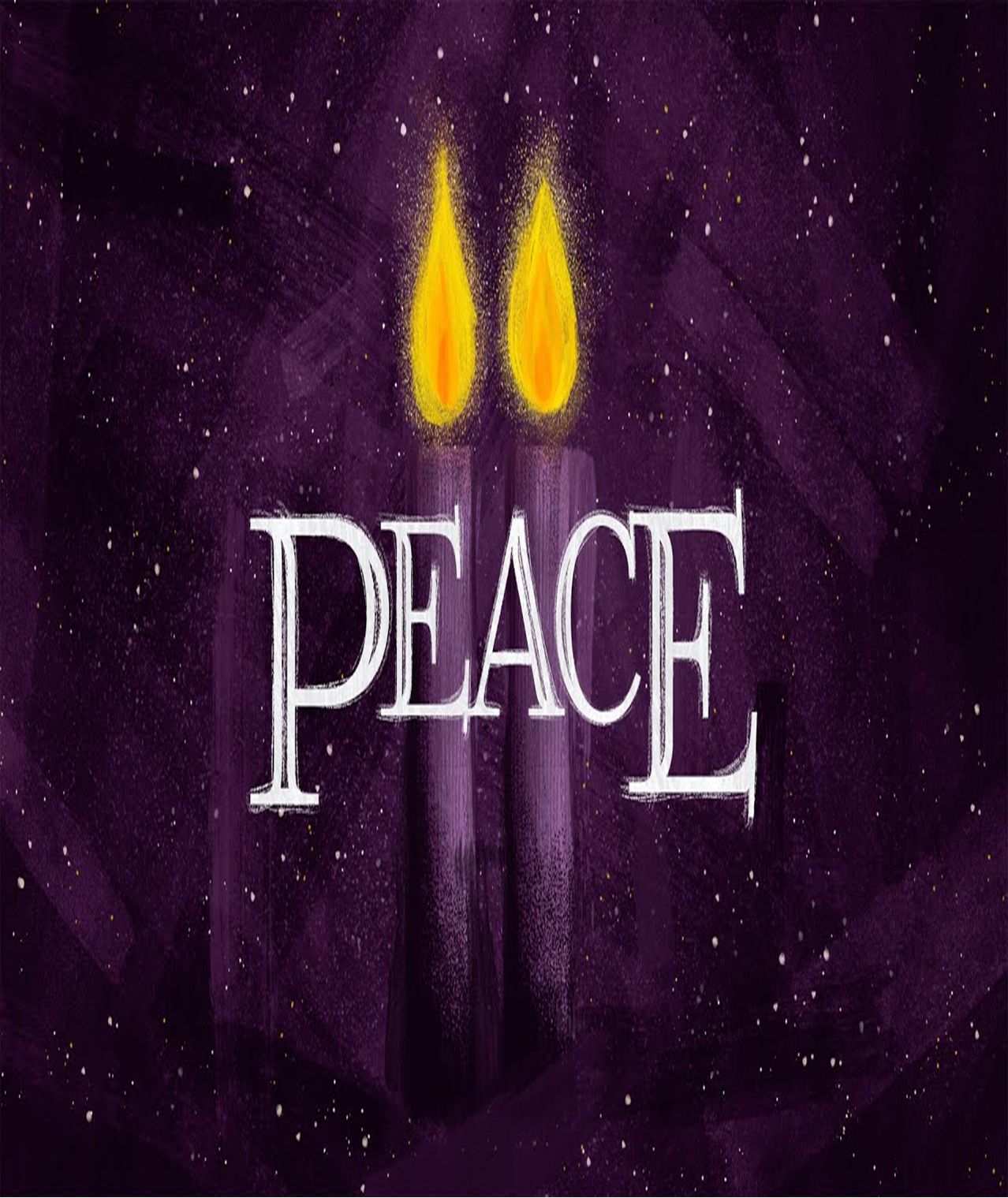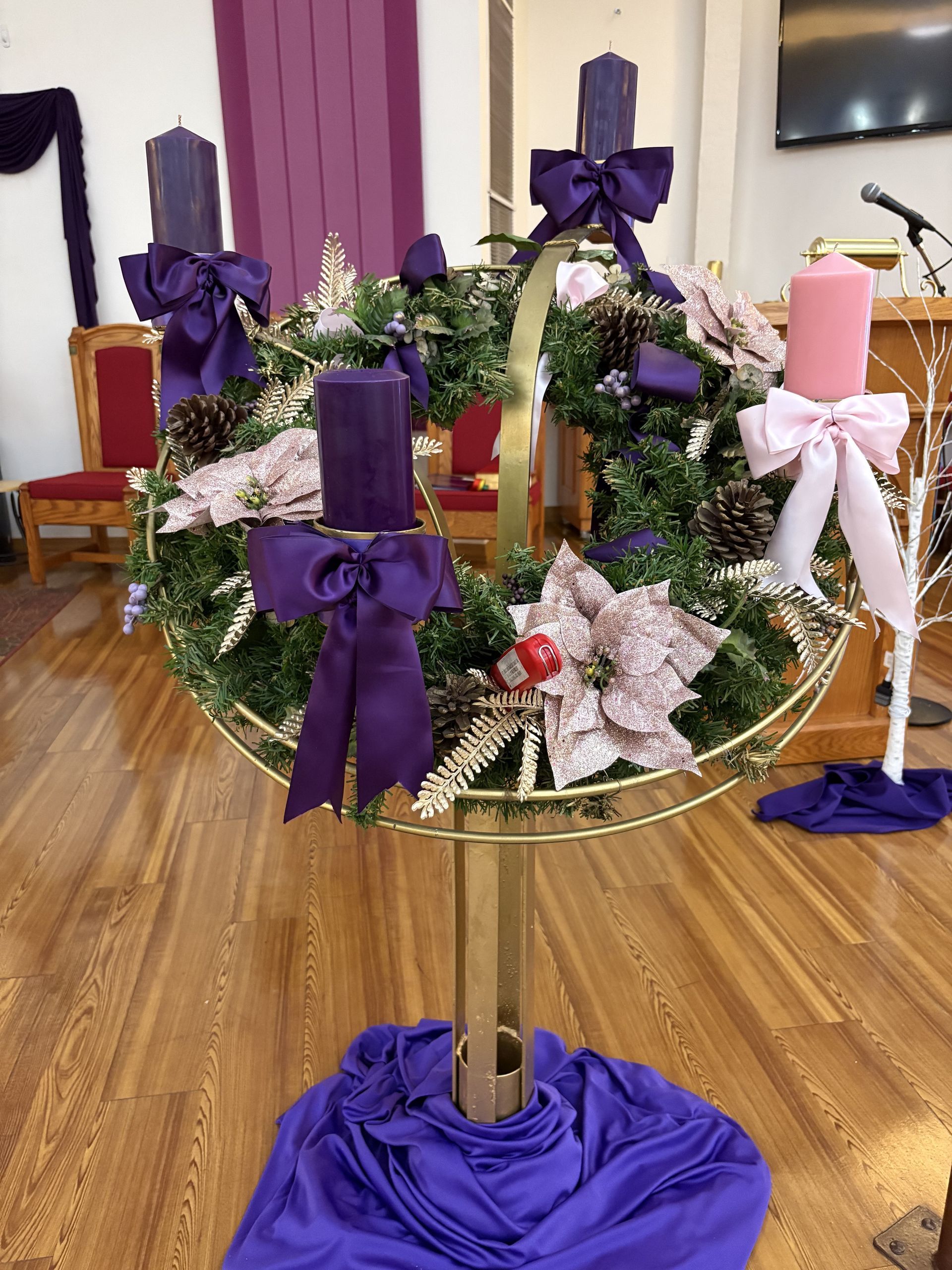The Old Stoics saying sounds true that a child was not given to a parent but only lent. Children are gifts to God to us and our role is to bring them back to him. The feast of the presentation of the Lord, this year falls on a Sunday overrides the 4 th Sunday in Ordinary Time, was celebrated in Jerusalem as early as the 4th century originally known as "the Day of Simeon". In the course of several centuries, epochs and era, it became a commemoration of the purification of Mary until 1969. The idea is that the presentation is the fulfillment of the prophecy of Malachi, “And suddenly there will come to the temple the LORD whom you seek, And the messenger of the covenant whom you desire” (Mal. 3:1). In accordance with the law of Moses, forty days after childbirth, Mary and Joseph visited the temple and dedicated Jesus to the Lord in a special ceremony to mark that he belonged to God "when the days were completed for their purification according to the law of Moses, Mary and Joseph took Jesus up to Jerusalem to present him to the Lord" (Lk. 2: 22) just as it is written in the law of the Lord, "Every male that opens the womb shall be consecrated to the Lord, and to offer the sacrifice of a pair of turtledoves or two young pigeons, in accordance with the dictate in the law of the Lord" (Lk. 2:23-24) for those who cannot afford a lamb for sacrifice.
There in the outer court of the temple inscribed in chapter two of Luke's gospel, proclaims and highlights the ‘aha’ moment of Simeon, described as just, righteous and devout, whose dream came true that he wouldn't see death until the prophecy was fulfilled. In a moment of joy, he uttered a short and great prophetic hymn "Now, Master, you may let your servant go in peace, according to your word, for my eyes have seen your salvation, which you prepared in the sight of all the peoples: a light for revelation to the Gentiles and glory for your people Israel” (Lk. 2:29-32). This is the Nunc Dimitis – the Canticle of Simeon recited during night prayers (Compline). Simeon and Anna, both prophets and worshippers of God, spent their lives waiting for “the consolation of Israel” for the day to meet with the Lord, not only for themselves but for all God’s people. They represented the hopes and dreams as well as the longing and the desire to see the Messiah and the redemption of their own people. One of the most moving gestures in the scriptures happens in this episode when Simeon took the forty day old baby and held him into his arms. Simeon received the frail and weak baby and carried him. I can imagine this scenario at baptismal rituals with the presider warmly welcoming the family and everyone present and all eyes on the infant. Que bonita Bebe! After saying he had seen the salvation, he was ready to depart, to go in peace, to die that the child presented by his parents "will be a revealing light to the Gentiles and the glory of your people Israel" (Luke 2:32). It’s like saying, game over! I’m done! I’m ready to go! Take me now Lord! Simeon and Anna spent their lives waiting for this day to see the child promise. Simeon blessed them and said to Mary his mother, "Behold, this child is destined for the fall and rise of many in Israel, and to be a sign that will be contradiction --- and you yourself a sword will pierce ---, so that the thoughts of hearts may be revealed" (Lk. 2: 34-35).
By the end of the 7th century, this was celebrated in Rome on February 2 with the addition of a Candlelight procession which might have been borrowed and taken from the pagan practice of procession around the city walls. Here’s a reflection on the symbolism of candles at procession by the Dominican Friar Jacob Voragine, “On this feast day we too make a procession, carrying in our hands a lighted candle, which signifies Jesus, and bearing it into the churches. In the candle there are three things — the wick, the wax, and the fire. These three signify three things about Christ: the wax is a sign of his body, which was born of the Virgin Mary without corruption of the flesh . . . ; the wick signifies his most pure soul, hidden in his body; the fire or the light stands for his divinity because our God is a consuming fire. (The Golden Legend, “On the Feast of the Purification of Mary”)
Eventually, it came to be known as the presentation of the Lord with the Candlemas. Because of this account, Hypapante, feast of the Meeting/Encounter in the eastern tradition emerged in the 5th century known as Candlemas. Up until 1969, this was a Marian devotion called the Purification of Mary. Whatever the background, what it communicates is that the offering simply means that all life come from God, belong to God and our lifetime, hours, jobs, livelihood must be devoted in service of the Lord and the world.
On the day of our baptism, our parents were given a candle lit from the paschal candle, the symbol of the presence of Christ in our midst. What went on with that light? Do you still have them? Are they adorned in your little altar? Are those candles still burning? If not, we might as well increase our prayer time and meditation and silence to know what's important, what's necessary, and what matters most. Our participation in the Eucharist and joining in the communion line to share win the breaking of the bread will help us nourish that life just in case it was extinguished long time ago. As we contemplate the depths of the mystery of the presentation of the Lord, the feast tells us that obedience to the precepts of the Lord is essential to spiritual and religious growth for our salvation. This feast is about fulfilling the sacred duty to present and bring the incarnate Christ-child, forty days after Mary delivered her son in the house of the Lord in accordance with the law and tradition. Amen.




